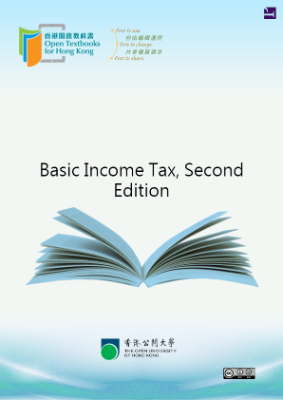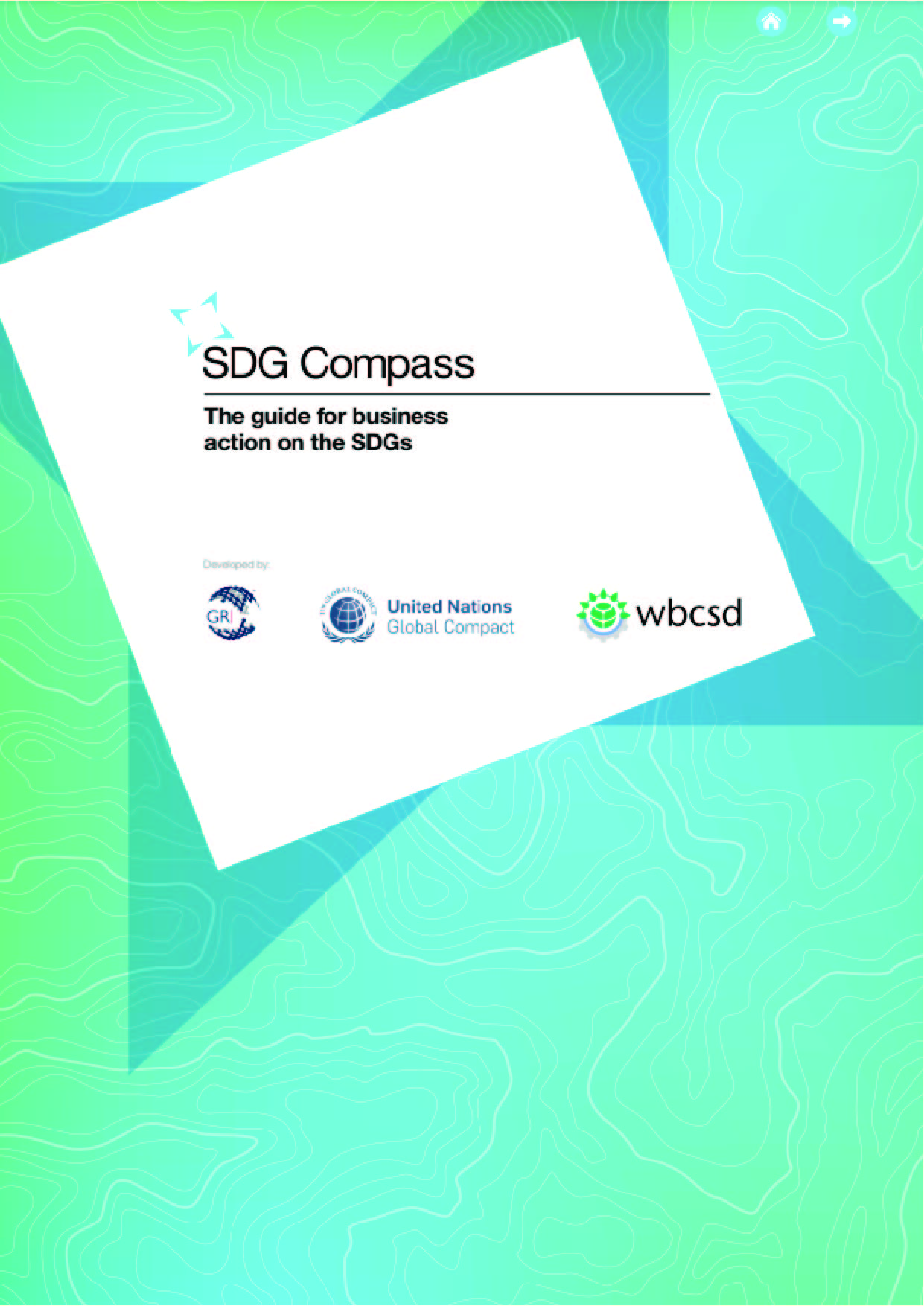Why is net-zero an essential strategy for business?
The August 2021 report from the UN’s climate science body, the Intergovernmental Panel on Climate Change (IPCC) confirms in unequivocal terms what we have been coming to understand for many years: the growing physical risks from climate change are caused by human action, the outlook is alarming, but although short, there is still time for effective action. UN Secretary-General António Guterres called the IPCC report a “code red for humanity”.
In response to this mounting scientific evidence, economically damaging fires and floods and growing public concern, many governments around the world have announced target dates for achieving net-zero greenhouse gas (GHG) emissions.
At a September 2020 UN General Assembly, China’s President Xi announced that China aimed to achieve carbon neutrality before 2060. The following November, Hong Kong’s Chief Executive Carrie Lam declared in her policy address that HKSAR will strive to achieve carbon neutrality before 2050.
Along with China, Japan, South Korea, the EU and several other nations, together representing more than 70% of global emissions, have now announced net-zero target dates. Their message is clear: the task is urgent and the work starts now.
To reinforce government policy towards net-zero targets, G7 finance ministers have agreed to mandate climate-related financial reporting in line with the recommendations of the Taskforce on Climaterelated Financial Disclosures (TCFD).2 Monetary Authorities and market regulators around the world, including the Hong Kong Monetary Authority and the Hong Kong Securities and Futures Commission are moving to embed TCFD reporting standards within their rules and regulations.
In simple terms, a net-zero target means a country or company is pledging to reduce carbon emissions3 to as close to zero as possible and then using carbon removal or sequestration technologies to net out the remainder of their emissions. In order to keep global warming within safe limits – recognised by the mainstream scientific community to be 1.5°C compared to pre-industrial era, the net-zero target must be reached by no later than 2050.
Governments do not expect to achieve their net-zero goals through their own efforts alone. They expect business, finance, and individual citizens to play their part in reducing emissions. Governments stepping up climate action will introduce a range of regulations, fiscal measures, and other programmes to achieve this. These will contain both incentives to do better and penalties for those not doing enough.
This Net-Zero Guide is designed to help companies respond to the changing landscape, understand their carbon emissions, and avoid the risk of failing to adjust to international, national and local climate action.
Many countries are now clear about the year by which their economies will become carbon neutral. They are also setting interim targets, most commonly for 2030, to shape a realistic pathway towards eventual net-zero emissions. Businesses will need to respond to both near-term and long-term targets.
The concept of net-zero emissions takes account of the possibility of removing GHGs from the atmosphere through natural means such as tree planting, or through technological methods related to carbon capture, use and storage. Although reducing GHGs from within a company’s value chain will remain the priority, beyond value chain mitigation (BVCM) measures outside a company’s value chain will be useful in helping the society to achieve the overall goals, and neutralisation via carbon removal can be planned for at a level that balances any small amounts of residual emissions4, thereby adding up to net-zero emissions.
What is this Guide?
This is a practical implementation guide5 (the “Guide”) aims to facilitate companies to develop a net-zero pathway in line with national targets and global commitments. It is designed to help companies be aware of the choices available, and seek the right balances on the path to net-zero emissions, also considering the alignment with local and international goals, as well as any applicable local regulations.
The Guide adopts a practical approach, taking companies through the steps that are necessary for them to understand their GHG emissions in terms of:
- where they are now;
- where they want to get to; and
- how to get there.
The Guide aims to help a business understand what government plans will require and assist in setting a pathway that aligns to government plans. This is made real with an action plan involving long-term goals and near-term targets.
It is important to note that multiple efforts are being made by various parties to set up corporate frameworks and develop new standards for net-zero. However, in order to encourage early action this Guide does not aim for perfection or full consistency with all global standards under development. Instead, it takes a practical approach to encourage early action, recognising that some of the carbon reduction targets, neutralisation and BVCM measures will need to be improved as climate science and global practices evolve over time.
When considering to adopt this Guide, companies should also review local laws and regulations in relation to disclosures and target setting.
This Guide will seek to mitigate the many challenges currently faced by most companies in creating a netzero strategy:
- the vast array of materials related to net-zero are difficult to comprehend for companies with no dedicated carbon expert or sustainability professionals;
- many companies are not ready or are unable to devote sufficient resources to fully grasp the concepts and complexities behind the net-zero debate; and
- the many choices required to be made in the formulation of an optimal net-zero pathway demand a lot of decision-making power that many companies do not possess in their daily operations. In view of the above, this Guide is focused on setting out the most essential steps in the form of a how-to guide.











